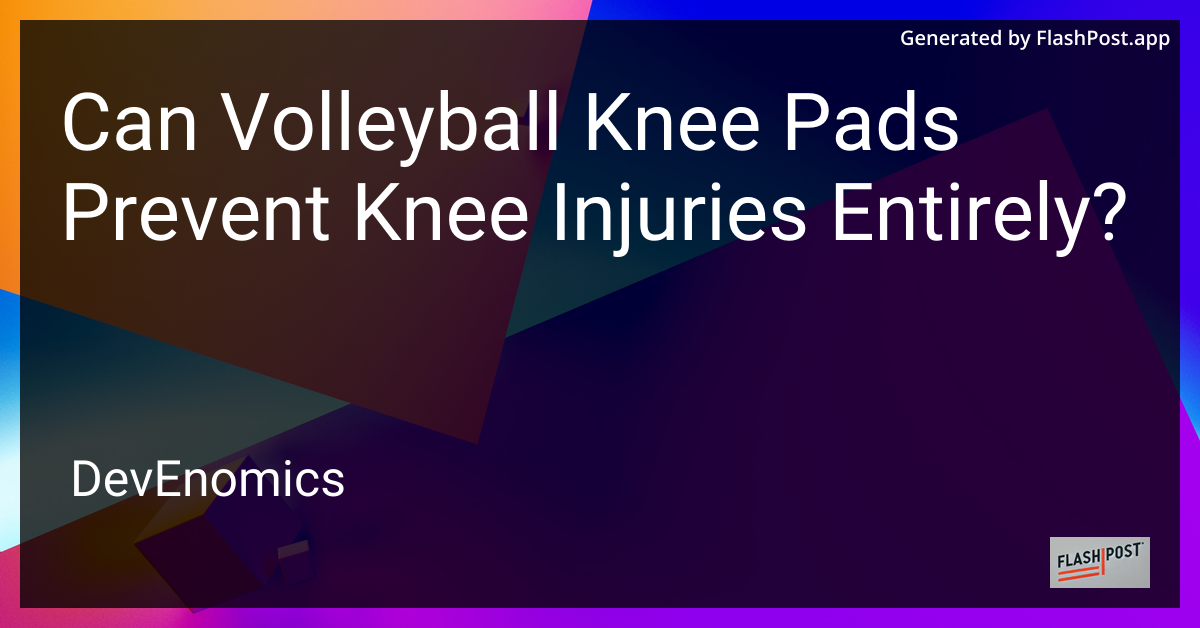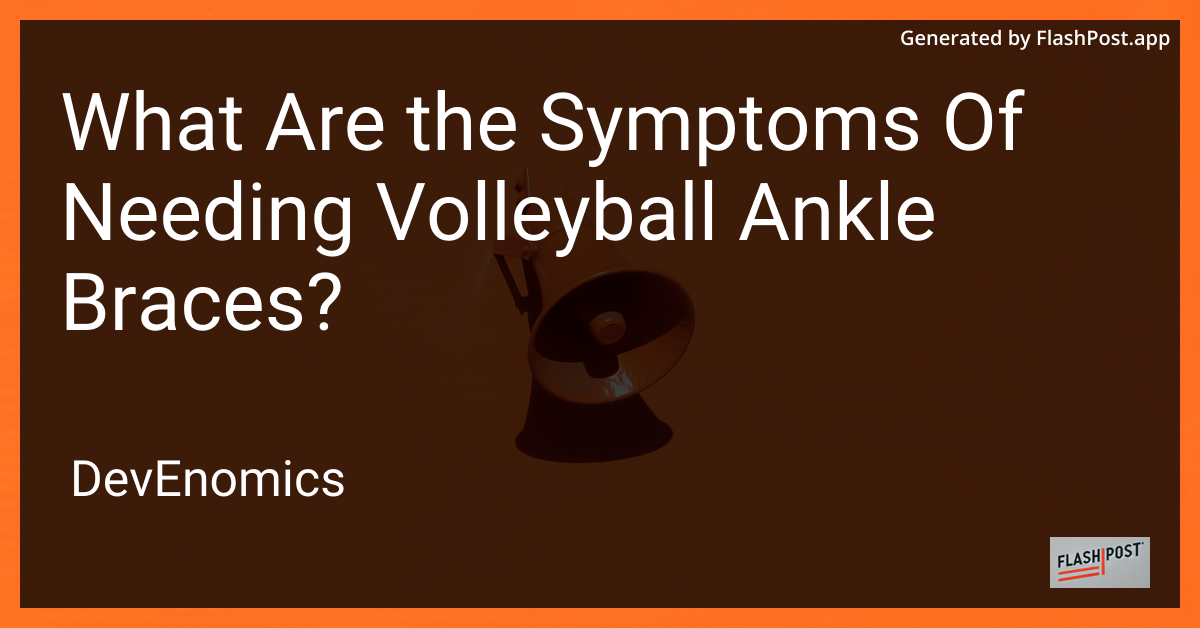

Can Volleyball Knee Pads Prevent Knee Injuries Entirely?
Volleyball is a sport that combines agility, power, and endurance, demanding rigorous physical performance from its athletes. With such a dynamic range of movements, volleyball also poses a significant risk of injuries, particularly to the knees. A common mitigative measure is the use of knee pads, designed to cushion the knees against impacts with the floor. But can volleyball knee pads prevent knee injuries entirely?
Understanding Knee Pads
Volleyball knee pads are primarily designed to protect the knee joint from abrasions and bruises during dives and falls. They use shock-absorbing materials such as high-density foam to cushion impacts. Some knee pads also offer added support around the knee joint, which may help in stabilizing the knee.
The Limitations of Knee Pads
While knee pads are essential for reducing surface-level injuries and providing some level of joint support, they are not a panacea for all types of knee injuries. Most knee pads do not prevent injuries related to:
- Ligament Tears: Common knee injuries such as ACL or MCL tears occur due to sudden twisting or overextension, which knee pads cannot prevent.
- Tendinitis: Overuse of the muscles around the knees can lead to inflammation and pain that knee pads cannot alleviate.
- Fractures or Dislocations: In severe falls, the impact force may lead to bone injuries despite wearing knee pads.
Comprehensive Injury Prevention Strategies
To protect against knee injuries comprehensively, athletes should consider an amalgamation of protective gear, exercise, and techniques:
- Strengthening Exercises: Building strength in the quadriceps, hamstrings, and calves can stabilize the knee joint.
- Proper Technique: Learn and practice correct diving and landing techniques to minimize impact forces.
- Warm-up and Stretching: Thorough warm-ups and stretches can prepare the muscles and joints for intense activity, reducing the risk of injuries.
Additionally, while knee pads focus on protecting the knees, other gear like volleyball ankle braces can provide crucial support to the ankles, which are also prone to injury in volleyball.
Conclusion
In summary, while volleyball knee pads play an essential role in protecting players from surface injuries, they cannot prevent all knee injuries entirely. It is crucial to use a combination of knee pads, strength training, proper playing techniques, and complementary protective gear to mitigate the risks of knee injuries. For those interested in trying out various knee pad options, consider checking some insightful volleyball knee pads reviews to find the best fit for your needs.
For teenagers and beginners exploring other protective gear, especially ankle braces, understanding whether volleyball ankle braces are suitable for teenagers can ensure comprehensive safety measures.
By taking these proactive steps, volleyball players can enjoy the game with minimized risks of injury, staying versatile and vigorous on the court.
